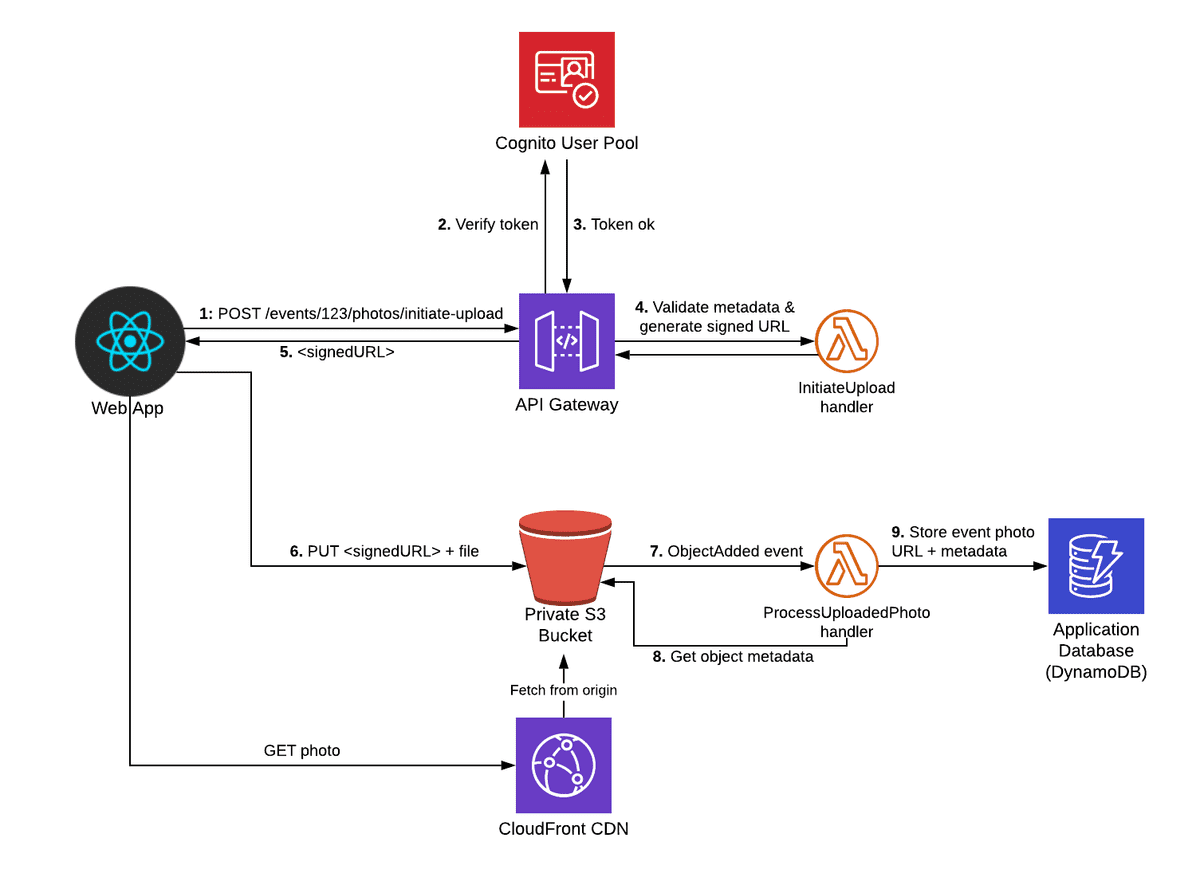

- #Aws dynamodb client configuration js how to#
- #Aws dynamodb client configuration js install#
- #Aws dynamodb client configuration js zip file#
- #Aws dynamodb client configuration js archive#
- #Aws dynamodb client configuration js code#
#Aws dynamodb client configuration js code#
(You won't be able to edit the code yet.) In the Basic information section of the Configure blueprint hello-world page, do the following:Įnter “sendMessageWithTwilio” for the Function name.Ĭhoose Create a new role with basic Lambda permissions. In the Blueprints panel, type “hello” for the filter, press Enter, and choose the hello-world (nodejs) blueprint. On the Create function page, select Use a blueprint.
#Aws dynamodb client configuration js archive#
In the Layer configuration section, enter “twilioNodeLibrary” for the Name.Ĭlick Upload and, when prompted, add the nodejs.zip archive from your Desktop.įrom the Compatible runtimes drop-down, select all three Node.js versions (Node.js 10.x, Node.js 12.x, Node.js 8.10), since Twilio’s Node.js library is compatible with all of them.Īfter your twilioNodeLibrary layer has been created, you can go to the next step to create a Lambda function. On the left navigation panel, click Layers to open the Layers page.Ĭlick the Create layer button. You can read more about paths in the Including Library Dependencies in a Layer section of the AWS Lambda Developer Guide. With this path you can then use require('twilio') in your code to import and use the library.

#Aws dynamodb client configuration js zip file#
zip file would be /opt/nodejs/node_modules/twilio. The resulting path for the library after uploading the. Each runtime (Node.js, Go, Python, etc.) looks for libraries in a different location under /opt, depending on the language.įor a Node.js function using a Node.js runtime, this conventional location is nodejs.

This folder structure (including the nodejs folder name) is necessary if you want to import Twilio's library in your code with require('twilio') without making other changes.īy convention, layers (like your nodejs.zip file) are extracted to the /opt directory in the function’s execution environment.

For brevity these are not shown in expanded form in the above folder structure.
#Aws dynamodb client configuration js install#
Note: When you installed with npm install twilio -save, Twilio’s library and dependencies (other Node.js libraries) went in the node_modules folder. |- nodejs.zip |- nodejs |- node_modules |- package.json |- package-lock.json The folder structure should look like this: You now have a nodejs.zip archive containing Twilio's library and all the dependencies. If your operating system is macOS, right click on the nodejs folder, then click Compress "nodejs". If your operating system is Windows, find the nodejs folder you just created in the Windows Explorer, right-click on it, then click Send to > Compressed (zipped) folder. Initialize a new Node.js project by executing the following command-line instruction: Open a console window and change to the nodejs folder. On your Desktop, or other location of your choice, create a new folder: nodejs. Ready to build? Prepare the ZIP archive containing Twilio's libraryįollow these steps to create a compressed file that you’ll upload to AWS: You’ll need the following tools and resources to complete the steps in this tutorial: To make it more fun, you'll connect an Amazon CloudWatch trigger which will run your function automatically each day at a scheduled time. The function, when run, will send a text message. You’re going to create a Lambda function on AWS (Amazon Web Services). You’ll save time when packaging and deploying your Lambda function. You'll then be able to add this layer to your Lambda functions and use Twilio's Node Helper Library without needing to include it in your deployment package.
#Aws dynamodb client configuration js how to#
The purpose of this post is to show you how to create an AWS Lambda Layer containing the Twilio Node Helper Library. By using Twilio’s library your applications will require less code to be written and it will be easier to maintain. Including the Twilio Node Helper Library in the code you deploy to an AWS Lambda Layer enables you to send voice and text messages with your Lambda function code. The Twilio Node Helper Library lets you write Node.js code to make HTTP requests to the Twilio API. You can share layers across multiple Lambda functions, and moving runtime dependencies into layers can drastically reduce the size of your deployment package. With Layers, you can use libraries without needing to include them in your deployment package. A Lambda Layer is a ZIP archive that contains libraries, a custom runtime, or other dependencies. With AWS Lambda Layers you can separate your function code from its dependencies so you won't have to upload them on every change of your code. The code that runs on AWS Lambda in response to an event is called a Lambda function. AWS Lambda is a serverless computing platform that enables you to run programs in response to events without having to configure and administer servers.


 0 kommentar(er)
0 kommentar(er)
